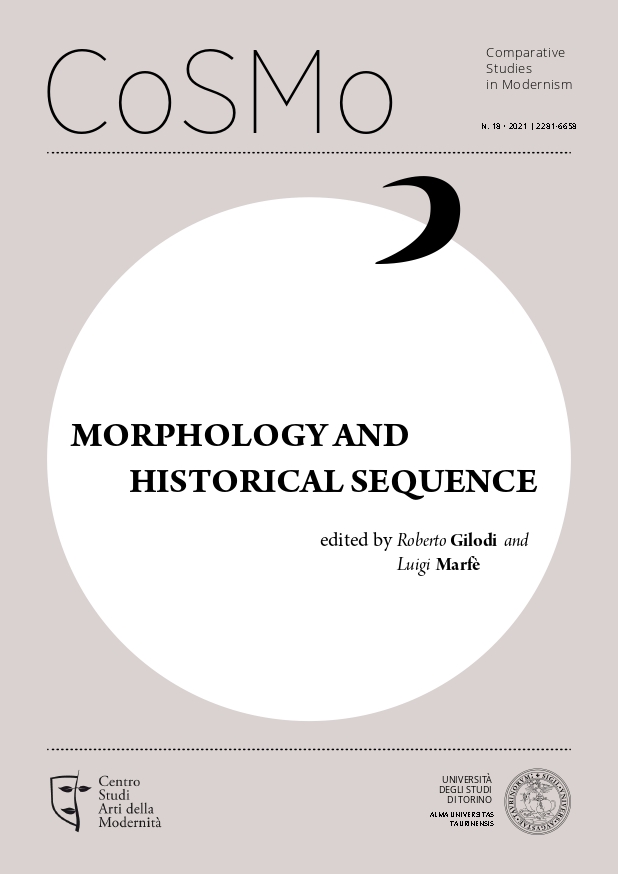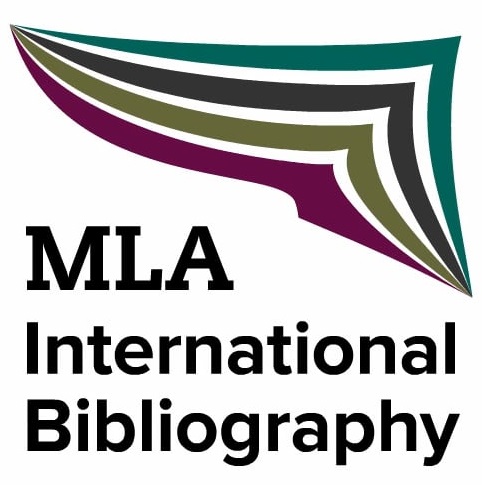Historical Method and Hermeneutic Creativity
The Risen Christ in Carpaccio’s “Vision of Saint Augustine”
Abstract
This paper seeks to focus on how the search for a gnoseological and art-historical model, prompted by the article studied here, “Toward a New Model of Renaissance Anachronism,” was articulated by its authors, Alexander Nagel and Christopher S. Wood. Their starting point was a morphological approach that sought to identify the artistic model of a specific figure, the Risen Christ, which appears in the Vision of Saint Augustine painted by Vittore Carpaccio in 1502-1503 for the Confraternity of San Giorgio degli Schiavoni in Venice. This matrix of models – gnoseological and morphological – shows how history and morphology, at least in the realm of art history, can only proceed if they are in unison, but at the same time they require particularly attentive reciprocal methodological monitoring in order to avoid creating a theoretical cognitive model based on analogies of form that fail to convince through empirical evidence, as the author believes was true in this case study.
Downloads
Gli autori mantengono i diritti sulla loro opera e cedono alla rivista il diritto di prima pubblicazione dell'opera, contemporaneamente licenziata sotto una Licenza Creative Commons - Attribuzione che permette ad altri di condividere l'opera indicando la paternità intellettuale e la prima pubblicazione su questa rivista.








